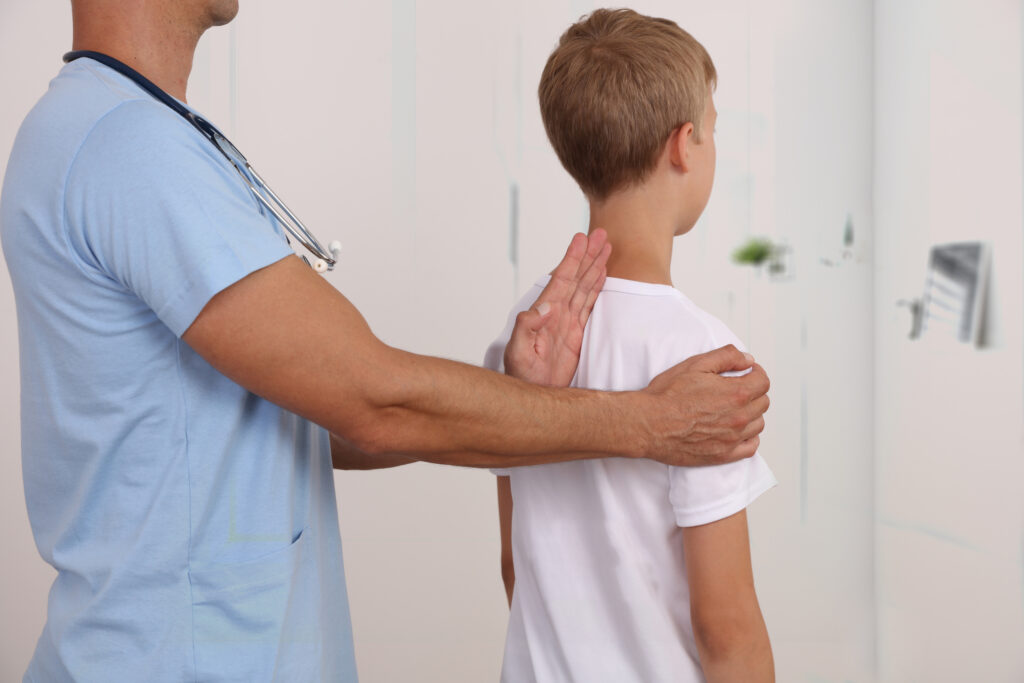Summer is here and it’s time for kids to step away from their laptops and get outdoors where they can enjoy playing summer sports again like baseball and softball, swimming, and soccer — whether at summer camp or for their town or for their summer travel leagues.
But during this season, pediatric orthopedists tend to see some common injuries typically associated with these summer sports. For example, baseball pitchers may experience “Little League Shoulder and Elbow” from overuse. Some even suffer microfractures. Shoulder muscles in swimmers may not be balanced properly leaving the tendons between the ball of the shoulder and the collar bone irritated. Runners, too, can experience knee and heel pain. Even the playground or backyard trampoline can be the source of bone fractures or muscle strain. Parents, you know that saying, “An ounce of prevention is worth a pound of cure.” Here are seven tips to help prevent some of the most common sports injuries. We call them the 7Ss:
SHOES
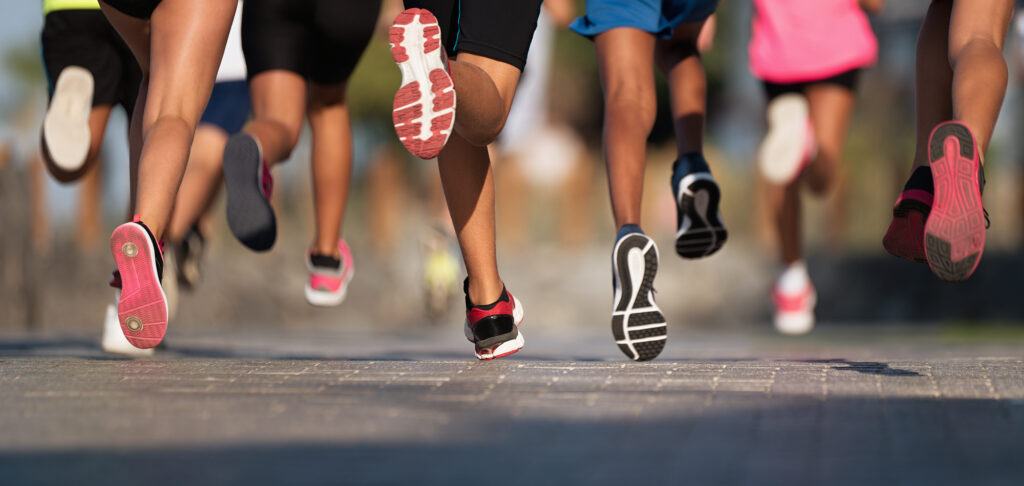
Or more generally equipment. Kids grow fast and outgrow their cleat, pads and helmets quickly. Start with well-fitting equipment to keep them protected against injury.
STRUCTURE
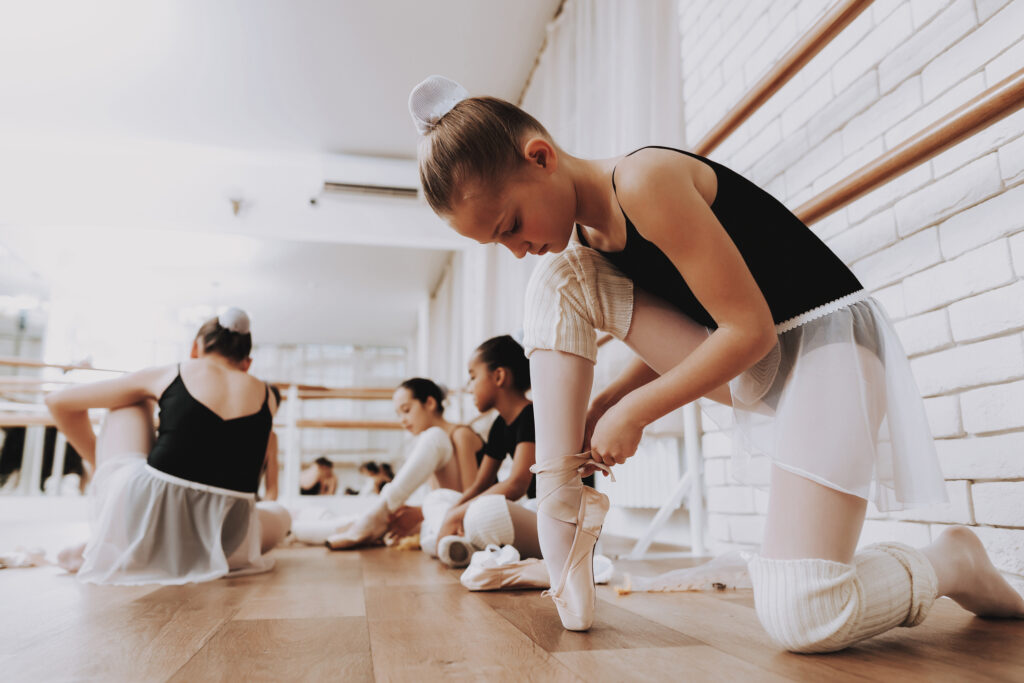
Parents should discuss with their child’s doctor or coach about the sport(s) and positions that are best suited to their child’s body type. By matching up your child’s bone and muscle structures to the sport(s) or position(s) best suited to them, he or she may be less prone to serious injury on the field or court. For example, an athlete with loose ligaments may be better suited to playing third base than pitching.
STRETCHING

Flexibility plays an important role in preventing sports injuries, but from what we see in our practice, most kids don’t stretch enough. Children should take the time to warm up by walking or running slowly in place and doing a few basic stretches, especially since so many children were more sedentary during the COVID-19 health emergency when school and extracurricular sports teams were shut down.
SPEED
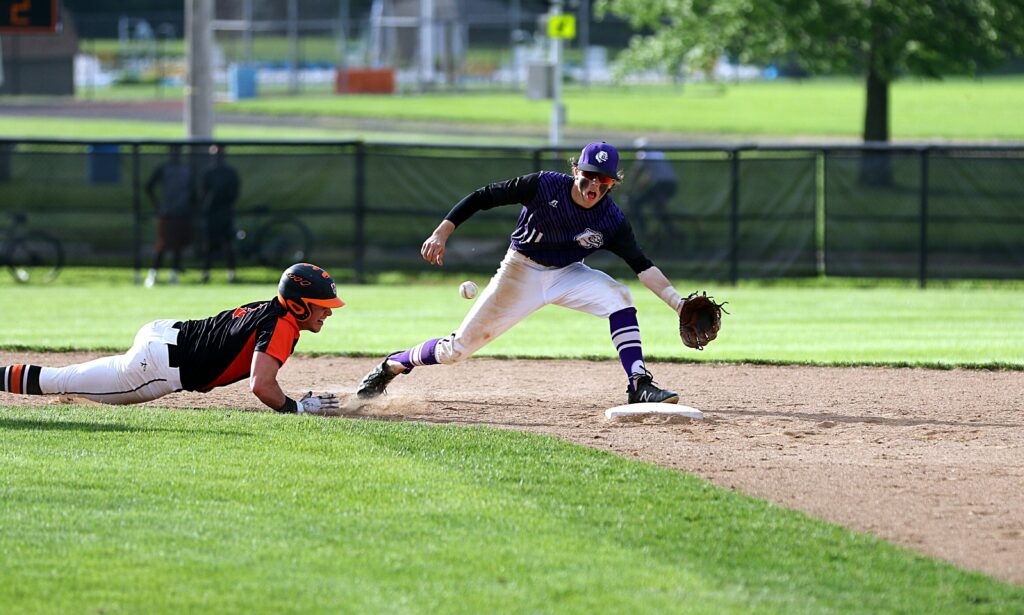
After a year of sitting in front of a laptop and team sports put on hold due to the pandemic, children should begin to train for their sport SLOWLY and increase their training over time to avoid injury. So, for example, your child should start to train at 50% of their activity level pre-COVID and then increase it slowly – by 10% every week. Young athletes require six weeks to get back into shape.
STRENGTH

Children should also focus on improving their strength and conditioning their muscles GRADUALLY without overdoing it to prevent injury to their tendons or growth plate. In fact, there is a simple formula for strength training: calculate the amount of weight that your child can lift just once in good form and multiply it by 80%. So, for example, if your young athlete can lift 20 pounds, they should start with strength training by lifting 16 pounds and follow the Rule of Three – three repetitions per workout, three days a week. Then increase their weight safely by 10 percent each week. This applies to other activities like squats or push-ups, not just weightlifting.
SURFACE
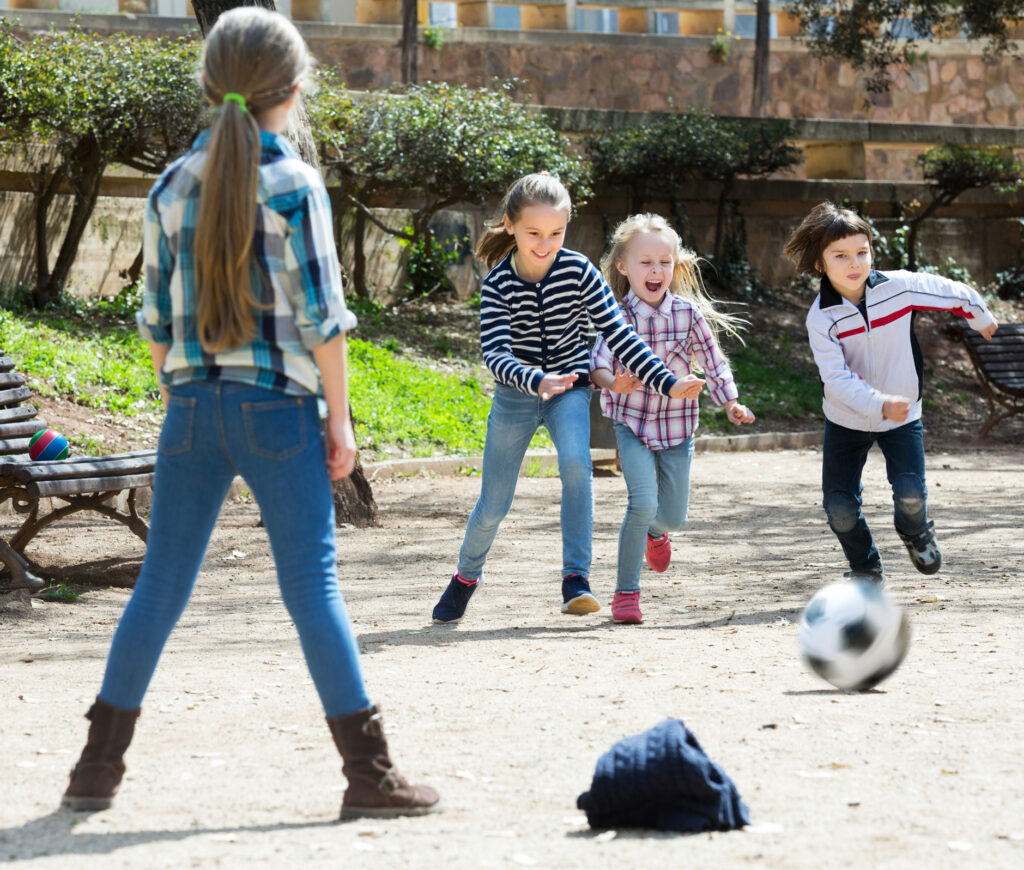
WHERE your child plays and practices matters, too. Uneven sidewalks or cracks in the pavement are ripe territory for sprained ankles, falls, even back pain. Children should practice and play on even surfaces or those designed to absorb shock – like a high school track or a soccer field that has been cleared of rocks and other debris.
SUPPER

Children need to eat healthy foods for maximum nutritional support – especially during growth spurts, when their body is demanding this for energy. Plan meals in advance and have plenty of healthy alternatives on hand for healthy snacking, too, such as fruit, nuts, cheese, low-sugar granola bars and whole grains. Staying hydrated – especially during the summer months – is also important so make sure your athlete drinks plenty of water.



